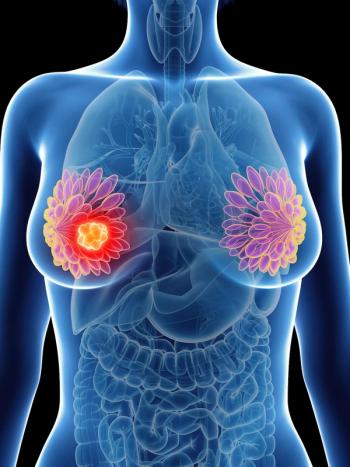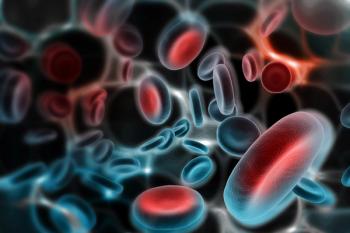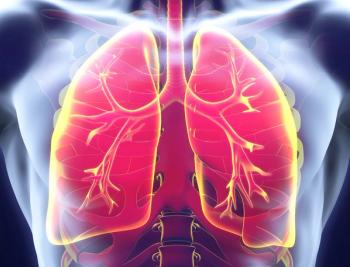
Miami Breast Cancer Conference® Abstracts Supplement
- 42nd Annual Miami Breast Cancer Conference® - Abstracts
- Volume 39
- Issue 4
- Pages: 57
77 A Radio Opaque Suture May Improve Radiation Target Delineation in Post Lumpectomy Patients With Breast Cancer: A Retrospective Analysis
Background/Significance
The identification of the tumor bed following lumpectomy is vital for successful radiation treatment, both for a breast radiation boost and more fundamentally in the partial breast setting. However, identification of the tumor cavity on a planning CT scan can be complicated as postsurgical seromas will inversely decrease with time and preoperative imaging may not anatomically correlate. In addition, the radiation target should correlate with the tumor pathology size. VeraForm is a radio-opaque continuous multiplane marker that is sutured into the operative bed during the lumpectomy. The aim of this study is to compare VeraForm markers (VF), surgical clip (SC) placement, and no clips (NC) on target delineation in relation to the tumor bed.
Materials and Methods
Beginning in July 2023, a single breast surgeon placed VF in lumpectomy. We retrospectively reviewed 48 women, 19 women with VF and compared with 13 women with SC and 24 women with NC. The tumor volume was calculated by taking the surgical specimen 3-dimensional measurements and multiplying it by π/6. We created a ratio between the specimen and the CTV (radiation target volume of the tumor bed, which was created by a board certified radiation oncologist). We then used a 2 sample Welch t-test to compare 3 populations.
Results
The population was mainly T0 (28%) and T1 (58%). The treatment was whole breast with a cavity boost in 57% and partial breast in 43%. The medium weight of the patients between VF, SC, and NC was similar (169 lbs, 174 lbs, 169 lbs, respectively), and the time from surgery to radiation mapping was similar (33 days, 40 days, 42 days, respectively). The tumor volume for VF, SC, and NC was 40 mL, 47 mL, and 54 mL, respectively (P = not specified). However, the VF ratio to tumor volume had less variance than NC (P = .0436) but showed no improvement over the SC (P = .289). SC did not show an improvement over NC (P = .239).
Conclusion
In this single-institution retrospective study, VF led to a target volume that was more consistent with the tumor specimen size than no markers. However, it did not yield an improvement over SC placement.
Articles in this issue
Newsletter
Stay up to date on recent advances in the multidisciplinary approach to cancer.


















































































